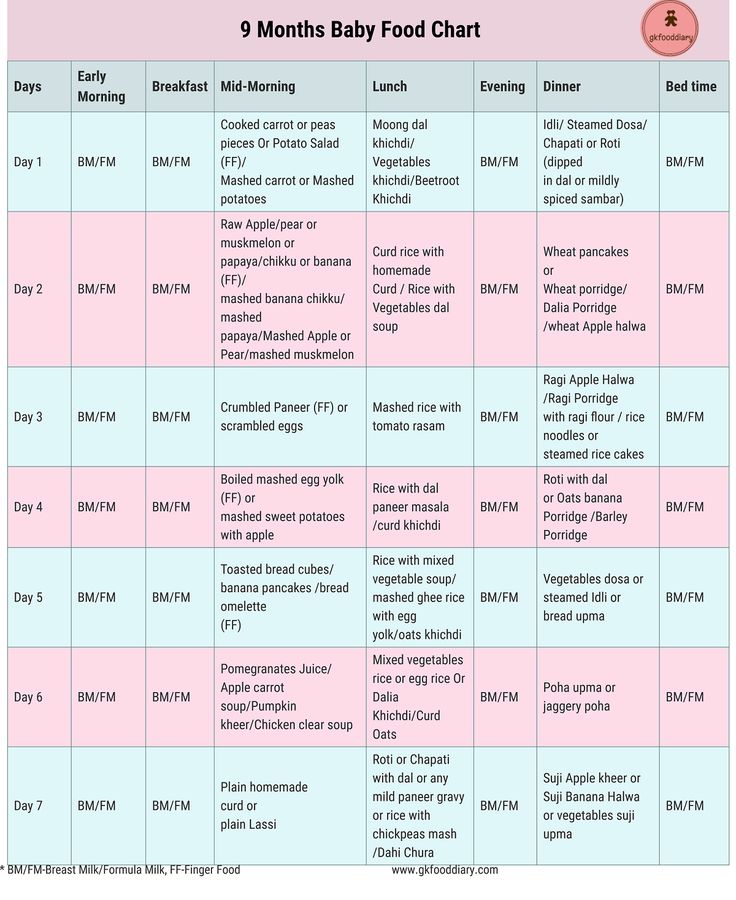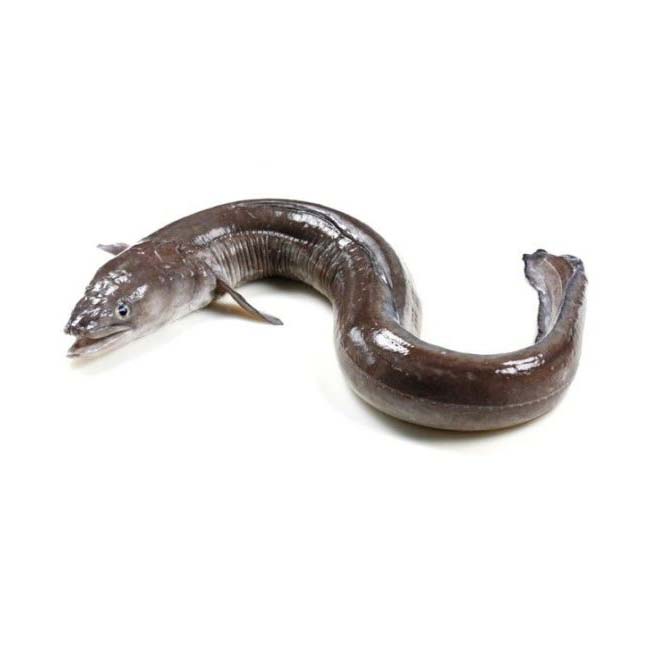Omega 3 baby food
Omega 3 Fatty Acids For Babies - Sources and Benefits
You are among the fans of omega-3 fatty acids, aren’t you? Well, these fatty acids have gained a grand reputation among the masses for their huge benefits. Now, you’re wondering, if they have so many benefits, can omega-3 fatty acids for babies be safe? And are their benefits the same as those for adults? And how can you ensure that babies get their required supply?
The most prominent sources of Omega 3 Fatty acids are fish like salmon, sardines, tuna and so forth. Thus, you should include them in your little one’s diet if they’re above 6 months. Make sure you consult your pediatrician before to know if your infant is allergic to such fish or even other foods containing omega 3s. There’s a table below which has the accurate amount of omega-3 fatty acids in the most preferred foods. So, you should refer to this table and give these foods to your baby, keeping in mind their daily requirement of Omega 3 Fatty acids.
In This Article
- What Are Omega 3 Fatty Acids?
- Amazing Top 3 Benefits of Omega 3 Fatty Acids For Babies
- Top Sources of Omega 3 Fatty Acids For Babies
- Top 10 Best Omega-3 Fatty Acids Foods For Babies
- How Much Omega-3 Fatty Acid Do Babies Need?
- Effects of Omega 3 Fatty Acid Deficiency in Babies
- How Can You Help Your Baby Get Enough Omega-3 Fatty Acid?
- Nutritional Content of Omega 3 Fatty Acid in Various Foods
- FAQ’s
What Are Omega 3 Fatty Acids?
Omega 3s are simply fatty acids that serve a key role in one’s health. Their richness is beneficial to brain health, fetal development, immune system and heart. Most importantly, the body relies on food to get these essential fatty acids – our bodies cannot create these fatty acids on their own. And primarily, these are categorized into docosahexaenoic acid (DHA), alpha-linolenic acid (ALA), and eicosapentaenoic acid (EPA).
And primarily, these are categorized into docosahexaenoic acid (DHA), alpha-linolenic acid (ALA), and eicosapentaenoic acid (EPA).
Your baby can get ALA from several plant foods, nuts, seeds, vegetable oils and also from a few vegetables. However, ALA does its activity in bodies by first changing into EPA and DHA, in tiny quantities. Salmon, tuna and mackerel produce EPA and DHA naturally in their bodies and many supplements extract these acids from them. And despite having a wide range of omega-3 supplements, it all boils down to just the 3 most preferred ones – fish oil, algae oil, and krill oil.
Amazing Top 3 Benefits of Omega 3 Fatty Acids For Babies
A growing baby needs all the best sources of nutrition that you can provide. And the unmatched benefits of omega-3s make it necessary that you give them to your little one.
1. Improves Brain Function
There is new research that suggests these acids may be a boon to a baby’s brain functions.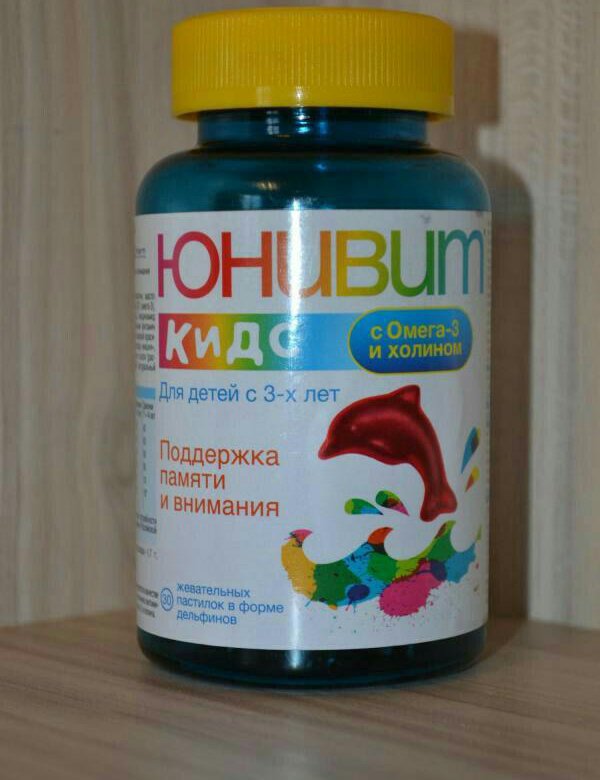 Aspects of the brain such as memory, and learning get a bit enhanced, and it also helps a baby to stay in a good mood. A 6-month research study was done in which 183 children were given bread spread which was high in omega-3s. By the time the study came to an end, these children’s memory and verbal learning abilities heightened to a good extent.
Aspects of the brain such as memory, and learning get a bit enhanced, and it also helps a baby to stay in a good mood. A 6-month research study was done in which 183 children were given bread spread which was high in omega-3s. By the time the study came to an end, these children’s memory and verbal learning abilities heightened to a good extent.
Moreover, further studies reveal that omega-3s are good for the functions of the prefrontal cortex – the portion of the brain in charge of planning, attention, and impulse control.
2. Helps to Get a Good Sleep
Nearly 4% of children within the age group of 18 struggle to sleep well. And your infant also might be getting improper sleep.
A study conducted on 395 children discovered a link between poor omega-3 fatty acids levels in blood and poor sleep. Its results showed that taking 600 mg of DHA supplements for 16 weeks brought down the disturbances in sleep, and the participants enjoyed an extra hour of comfortable sleep.
Aside from this, having enough omega-3 fatty acids in diet during pregnancy can largely benefit an infant’s sleep patterns. But more studies are needed in this area.
3. May Bring Down the Symptoms of ADHD
Many babies are born with ADHD (Attention deficit hyperactivity disorder) whose symptoms are impulsiveness, hyperactivity, and problems while focusing. Over 16 studies showed a pattern that omega-3 fatty acids boost memory, learning, and attention. Not only that, it eases hyperactivity and impulsiveness.
A further study shows that these fatty acids enhance attention, be it someone with or without ADHD. Moreover, researchers saw the results of 52 studies and concluded that fish supplements played a major role in decreasing ADHD symptoms in children.
Top Sources of Omega 3 Fatty Acids For Babies
The best sources for giving your baby omega-3 fatty acids according to the National Institute of Health are oily fish like
- Salmon
- Tuna
- Sardines
- Herring
- Mackerel
- Trout
Top 10 Best Omega-3 Fatty Acids Foods For Babies
There are other sources of omega-3s also, other than oily fish.
- Ghee is an excellent source of omega-3 fatty acids for babies.
- Seeds such as flaxseeds and chia seeds.
- Nuts such as walnuts.
- Legumes such as kidney beans and whole black gram.
- Lentils, especially moong dal.
- Vegetables such as cauliflower and pumpkin.
- Mercury-free fish and other sea foods.
- Green leafy vegetables such as spinach.
- Oils such as olive oil, nut and seed oils.
- Meat (which is derived from grass-fed animals).
It’s noteworthy that these foods need to be introduced to your baby in appropriate forms and only after crossing a certain age period. And this can vary for each of the foods mentioned, so consult your pediatrician before you start feeding them to your little one.
[Read : Lentils For Babies]
How Much Omega-3 Fatty Acid Do Babies Need?
The Academy of Nutrition and Dietetics advises the daily intake of omega-3 fatty acids for infants, toddlers and children in these quantities.
- 0-12-Month-old babies can have 0.5 grams/day.
- 1-3-year-old toddlers can have 0.7 grams/day.
- 4-8-year-old children can have 0.9 grams/day
Effects of Omega 3 Fatty Acid Deficiency in Babies
Low levels of these vital nutrients can lead to symptoms such as
- Skin problems (eczema and dryness)
- Poor healing of wounds
- Vision issues
- Poor immunity
- Behavioral problems
- Asthma
[Read : Newborn Eczema]
How Can You Help Your Baby Get Enough Omega-3 Fatty Acid?
Give your baby a balanced diet. Non-vegetarians can include fish and some meats in their baby’s diet to ensure that the baby gets enough of this vital nutrient. If you are a vegetarian, pulses, legumes, seeds, nuts and seeds and their oils, ghee, certain green leafy vegetables and vegetables contain omega-3 fatty acids. Giving your baby a balanced diet and including more variety of food groups can help meet their requirement for these fatty acids.
Nutritional Content of Omega 3 Fatty Acid in Various Foods
Refer to the table below which has mentioned the omega-3 content in the most popular foods taken for getting these fatty acids.
| Food | Serving Size in Ounce(oz) and Tablespoon | Amount Per Serving |
| Salmon(wild) | 6.0 oz | 1,774 mg |
| Mackerel | 3.5 oz | 4,580 mg |
| Oysters | 3.0 oz | 585 mg |
| Sardines | 2.0 oz | 556 mg |
| Flaxseed | per tablespoon(10.3 gms) | 2,350 mg |
| Chia Seeds | per ounce (28 grams) | 5,050 mg |
| Soybeans | 3.5 oz | 1,440 mg |
Omega-3 fatty acids for babies can help improve and maintain your baby’s overall health, in particular, brain development and memory. Your baby’s sleep quality will improve a lot, and if they have any symptoms of ADHD and asthma, you may see a slight improvement. Other than the food sources, parents can also give omega-3 fatty acid supplements to babies older than 2 years, but only after taking advice from a pediatrician.
Your baby’s sleep quality will improve a lot, and if they have any symptoms of ADHD and asthma, you may see a slight improvement. Other than the food sources, parents can also give omega-3 fatty acid supplements to babies older than 2 years, but only after taking advice from a pediatrician.
FAQ’s
1. At What Age Can a Child Take Omega-3?
Wait for your baby to cross at least 6 or 7 months to give them solid foods which are rich in omega-3 fatty acids. And take your baby to a pediatrician – they will give you the best advice about how to introduce foods with omega-3 to your little one.
2. Can a 6 Month Old Take Fish Oil?
In the form of supplements, your baby is too young to take fish oil. However, you can provide fish oil by introducing fish into their diet. But remember to give it in moderate quantities.
3. Does Breast Milk Contain Omega-3?
Breast milk contains DHA (docosahexaenoic acid), a type of omega-3 fatty acid. It provides great benefits to the baby, and even to their mother.
Read Also: Zinc For Babies – Sources and Benefits
The Importance of Omega 3s for Children
Most of us are well aware that Omega-3 fatty acids play an integral role in adult health, but Omega-3 benefits do not escape our littles, either! A diet filled with brain-healthy fats has been shown to positively affect behavioural and physical development, reduce inflammation, and even aid emotional health. We’ll take a look at why you should never skip Omega-3 foods, and I’ll even give you a few baby food ideas to help Omega-charge the whole family.
What the Heck is an Omega-3?
Omega-3s come in three forms: ALA (alpha-linolenic acid), EPA (eicosapentaenoic acid), and DHA (docosahexaenoic acid). ALA is found in plant oils such as canola, soybean, and rapeseed, while DHA and EPA hide happily in seafood. When baby led weaning, include different sources of each type in your family’s diet to make sure they’re getting enough.
Essentially, Omega-3s provide a cushion for cells. They’re one of the “main ingredients” of the membrane surrounding them—like a protective lubricant. Omega-3’s support the growth, regeneration, and overall structure of each cell, which is something we definitely want for our developing children.
They’re one of the “main ingredients” of the membrane surrounding them—like a protective lubricant. Omega-3’s support the growth, regeneration, and overall structure of each cell, which is something we definitely want for our developing children.
Omega-3 Benefits Have No Age Limit
Omega-3 foods for babies and children are important to ensure cell function is healthy and supported into adulthood, especially for brains and hearts. This is why those horse-sized prenatal supplements are recommended during pregnancy—baby needs them before they even leave the womb.
For kiddos who’ve already made their way to the dinner table, there are special Omega-3 benefits:
Cognitive Development
Studies have shown that babies given DHA fortified formula develop better hand-eye coordination, social skills, higher IQs, and attention. Furthermore, breastfed children whose mothers took regular Omega-3 (DHA and EPA) supplements also score higher on IQ tests at four years of age compared to children whose mothers did not.
Growth
DHA appears to enhance physical and brain development in premature babies, leading to the belief that DHA aids in overall cell growth.
Asthma
Children (and adults) who have asthma may benefit from Omega-3’s anti-inflammatory power. Neater still, children born to mothers who took DHA and EPA supplements while pregnant may be less likely to develop asthma at all.
ADHD
Conclusive evidence is still in the air, but a few studies show that children diagnosed with ADHD are often deficient in Omega-3 fatty acids. Fish oil supplements have been used to reduce hyperactivity and behavioural problems, as well as heighten attention span.
Mental Health
This one applies to children of any age, 1 to 100. Fish oil has been implemented in studies for depression, bipolar, and anxiety treatment, and positive results have been shown in children. Researchers found these patients often had lower levels of Omega-3s in red blood cell membranes, resulting in decreased neuro-communication. Also worth a thought—cultures who eat more fish report lower instance of chronic depression.
Also worth a thought—cultures who eat more fish report lower instance of chronic depression.
Diabetes
Evidence shows that children at risk for type 2 diabetes are less likely to develop the condition if fed a diet high in Omega-3 foods.
Energy Boost
This one is my favorite! Perhaps our littles don’t need any extra power, but as parents, we can always use a healthy pick me up. Incorporating Omega-3 foods into your diet will help give you a constant one-up in the fuel department.
Omega-3 Deficiency
Perhaps the greatest Omega-3 benefit is that eating a balanced, healthy diet makes it difficult to become deficient, but it’s good to be aware of the risks.
Lacking Omega-3s is believed to lead to increased risk of cardiovascular disease, improper eye and brain development, memory loss, and mental and behavioural health impairment, as well as other developmental problems.
Omega-3 deficiency is associated with retina deformation in infants—it is a major player in eye development. Neuro-developmental complications have also been linked to deficiency, as Omega-3 is a cognitive building block that works in your child’s brain until they’re around two years old.
Neuro-developmental complications have also been linked to deficiency, as Omega-3 is a cognitive building block that works in your child’s brain until they’re around two years old.
How Much Does My Child Need?
Don’t worry! Your children only need a teeny bit, so healthy diet should do the trick.
Babies from birth to twelve months old need 0.5 g of Omega-3 per day. Toddlers need about 0.7 g, and preschoolers (between 4 and 8 years old) need 0.9 g per day.
As children age, boys require more than girls. Boys 9-13 should have 1.2 g and girls 1.0 g per day, while boys 14-18 need around 1.6 g and girls 1.1 g.
If you’re considering supplements, make sure to speak with your doctor first.
Where to Find Omega-3s
Omega-3 foods are so easy to find! They’re in fatty fish, nuts, seeds, and oils, but many foods are also fortified with DHA and EPA.
For your reference, here’s a quick list of Omega-3-rich yummies.
Natural Sources:
- Mackerel
- Salmon
- Cod Liver Oil
- Flaxseeds
- Chia Seeds
- Walnuts
- Soybeans
- Brussels Sprouts
- Soybean Oil, Canola Oil, Rapeseed Oil
- Hemp Seed
- Breast Milk, especially when mom takes a DHA/EPA supplement
Fortified Sources (check your labels):
- Infant Formula
- Milk
- Eggs
- Butter
- Yogurt
- Juice
There are many more, so don’t be afraid to look them up! You’ll be surprised just how easy it is to make certain you and your littles are getting the right amount of Omega-3 in your diets.
Baby Led Weaning Recipes to Make Your Omega-3 Life Easy Peasy
Here are some of my favorite Baby Led Weaning Cookbook recipe that are packed with Omega-3 goodness!
Baby Led Weaning Thai Fishcakes
These little patties are perfect for your entire family and are absolutely YUM! They contain the fish of your choice, eggs, and yogurt—all great Omega-3 foods!
Find the Recipe Here
Baby Amazeballs – Date, Flax, and Chia Healthy Treats
Chia and flax seeds are wonderful sources of Omega-3s, and what better way to get your daily dose than a fruity treat? This baby led weaning recipe is also a great fiber boost and easy to tote for a quick snack.
Find the Recipe Here
Pea and Spinach Pancakes with Irish Salmon and Mint Yogurt Dip
Teaching you babes to love salmon at an early age is a wonderful start to an Omega-rich life. Mint yogurt dips adds an extra chance to add the fats, and the pancakes are veggie loaded! Win-win all around!
Find the Recipe Here
The Best of Ireland Seafood Chowder
Seafood Chowder is one of my favorite baby led weaning foods and always a winner with the kids! It’s also an Omega-3 powerhouse thanks to salmon, milk, egg, and mussels.
Find the Recipe Here
Resources:
- https://www.webmd.com/diet/features/who-needs-omega-3s#1
- https://www.eatright.org/food/vitamins-and-supplements/types-of-vitamins-and-nutrients/do-kids-need-omega-3-fats
- https://www.theguardian.com/lifeandstyle/2006/oct/12/healthandwellbeing.health2
- https://www.ncbi.nlm.nih.gov/pmc/articles/PMC5417803/
- https://www.healthline.com/nutrition/12-omega-3-rich-foods
- https://www.webmd.com/diet/guide/your-omega-3-family-shopping-list
- https://www.additudemag.com/slideshows/foods-with-omega-3-fatty-acids/
Finger foods baby led weaning first foods Freezer Filler Recipes Buddah Bowl Buddha Bowl Toddler Food Baby Bowl Recipes First foods broccoli first foods for baby led weaning broccoli Fussy eaters Starting baby led weaning
Children's Omega-3s: Benefits, Daily Values and Key Sources
During the period of active growth and development, the child should receive all the necessary nutrients and vitamins. Among them is Omega-3. But the diet of children is sometimes far from ideal - they do not receive enough useful components to grow up healthy and quickly adapt to increasing school loads. Let us analyze in detail how much Omega-3 a child needs and what to do if this norm is not respected?
Among them is Omega-3. But the diet of children is sometimes far from ideal - they do not receive enough useful components to grow up healthy and quickly adapt to increasing school loads. Let us analyze in detail how much Omega-3 a child needs and what to do if this norm is not respected?
What is Omega-3?
Omega-3 belongs to the group of polyunsaturated fatty acids. There are many representatives of this family of substances, but the most important of them are alpha-linoleic, docosahexaenoic and eicosapentaenoic acids. They are involved in many processes occurring in the body - they are present in cell membranes and blood vessels, activate metabolic processes and ensure the functioning of internal organs.
Not all omega-3s are produced by the body. Many of them the child can only get with food, so the diet of the child is of great importance.
Daily norm of Omega-3 for children:
● up to a year — 0.5 g/day;
● 1-3 years - 0.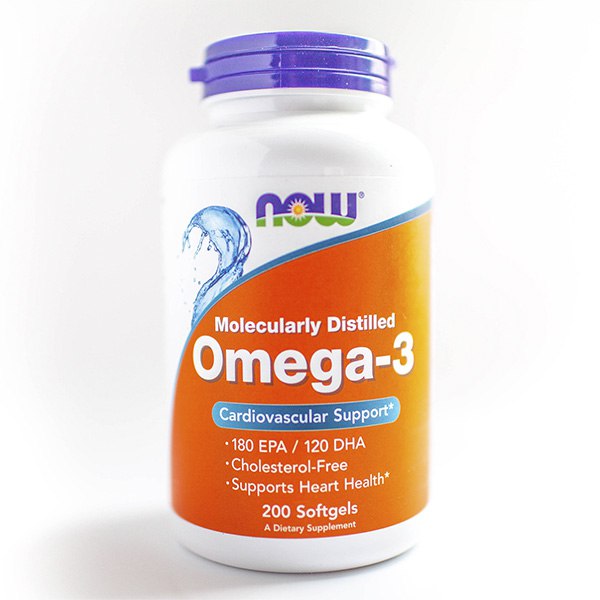 7 g/day;
7 g/day;
● 4-8 years - 1 g/day;
● 9-14 years - 1.2 g/day;
● 15-18 years - 1.6 g/day.
What happens if the baby gets enough Omega-3?
1. General immunity is strengthened. The child's body copes better with infections and viruses. This is important during the flu and cold season, as well as during the period when the baby goes to kindergarten and school.
2. Polyunsaturated acids are present in the composition of the gray matter of the brain and are involved in the transmission of nerve impulses. With regular intake of Omega-3, the child becomes more attentive, his mental abilities increase.
3. It is believed that a sufficient amount of Omega-3 in a child's body is an effective prevention of attention deficit hyperactivity disorder. Fatty acids also help the child cope with anxiety and stress associated with increased mental stress.
4. Omega-3 fatty acids increase the production of tear fluid, which prevents the development of dry eye syndrome in those children who spend a lot of time at the computer. And at an early age, useful substances are involved in the formation of the visual analyzer. This is the prevention of poor vision in a child.
And at an early age, useful substances are involved in the formation of the visual analyzer. This is the prevention of poor vision in a child.
5. Omega-3 plays an important role in the proper formation of bones and teeth - acids regulate the level of phosphorus and calcium in the blood, and also increase the absorption of minerals in the intestines. It is important to ensure the intake of nutrients during the period of active growth of the child.
6. Polyunsaturated acids protect the child's cardiovascular system, helping to reduce the level of "bad" cholesterol in the blood. And this is important with an unbalanced diet.
7. Fatty acids are involved in the body's absorption of fat-soluble vitamins - E, A, D, K. They are important for the normal condition of hair, skin and nails.
Experts note that children with omega-3 deficiency have learning problems caused by distracted attention and hyperactivity, they have sleep disturbances, anxiety and irritability. Problems familiar, unfortunately, to many parents. And before you constantly scold the child for inattention and restlessness, you should think about how balanced his diet is. In some cases, children with omega-3 deficiency are also underweight.
And before you constantly scold the child for inattention and restlessness, you should think about how balanced his diet is. In some cases, children with omega-3 deficiency are also underweight.
Food sources Omega-3
The body does not produce many of the omega-3 acids. But they can be obtained from food. Main sources:
● seafood and oily fish;
● mustard, chia and flaxseeds and oils based on them;
● meat of wild animals;
● algae;
● spinach.
Pediatricians insist that every child should eat fish at least 3 times a week. It is the main source of fatty acids. In this case, it is better to choose a fresh product, and not frozen. The higher the fat content of the fish, the more fatty acids it contains. Suitable salmon, mackerel, herring, anchovies, perch. You can also opt for canned fish - vegetable oil in the composition prevents the destruction of unsaturated fatty acids even during long-term storage of the product.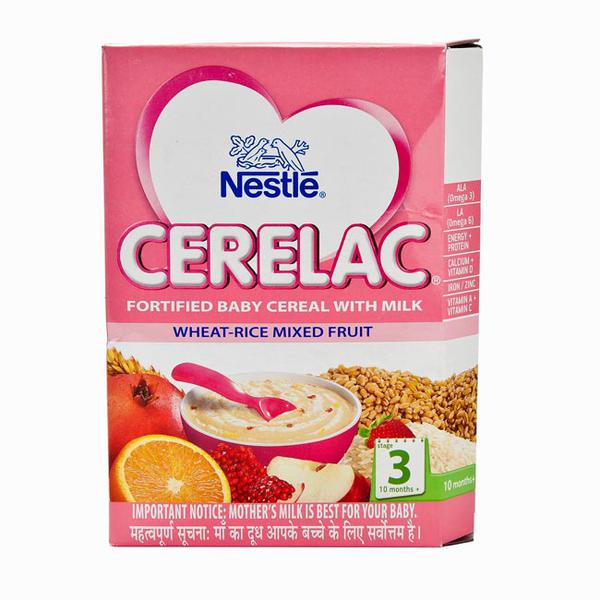
To maintain the “correct” level of Omega-3, it is also important that the child consumes enough vegetables and fruits, vegetable oils, leafy greens.
All of these are quite affordable products. That's just not every child has a love for the "right" food. Fish is one thing. But with algae and spinach, there will clearly be problems. Sometimes feeding your baby foods rich in omega-3s is a difficult task for parents.
What to do if the diet does not replenish the norm of Omega-3?
If it is not possible to normalize the child's menu for sufficient intake of unsaturated acids in his body, biologically active supplements can be included in the diet. The most popular is fish oil. Probably everyone has tried it at least once. Fish oil contains all the necessary polyunsaturated fatty acids and many other useful substances.
But remember how specific the taste and aroma of fish oil. It is unlikely that they will be able to feed the child. So we are looking for another way - an additive without such an unpleasant smell and taste so that the child does not understand that he is taking fish oil.
So we are looking for another way - an additive without such an unpleasant smell and taste so that the child does not understand that he is taking fish oil.
Mirrolla offers parents an easy solution to the problem - chewable capsules with the taste of tutti frutti "Cook la Cook".
An excellent option for those who do not know how to feed a child with healthy, but so unpleasant fish oil. There is nothing superfluous in the composition - only Omega-3 fatty acids (eicosapentaenoic and docosahexaenoic), vitamins A, E and D3.
The product itself is sourced from oceanic fish species, which are considered the most beneficial in terms of high content of Omega-3. One chewable Mirrolla capsule contains 105 mg of polyunsaturated fats. Children under 7 years old, taking 3 capsules a day, replenish about 20% of the daily requirement for Omega-3. And almost 100% of the daily intake of vitamins A, E and D3. An excellent addition to the diet, which will make the unbalanced menu of the child more useful.
Formula milk with omega-3 PUFAs in childhood - low grades in school?
: 11/20/2021
Who does not know that the best food for a baby is breast milk. However, in more than 60% of cases, in the first six months of a child's life, milk formulas are used as a supplement or even a complete replacement for breast milk, often with various "useful" additives. Researchers have recently studied how feeding infant formula affects the school success of older children
Modern infant milk formulas are not just powdered milk, but high-tech products aimed at different ages, taking into account the dynamics of changes in the composition of mother's milk, as well as children with special needs, for example, premature babies. Mixtures differ significantly in calorie content, protein, fat, lactose (milk sugar), vitamins and microelements, as well as additives of other biologically active substances.
Some supplements are believed to help a child's mental development, but there is currently no evidence for this.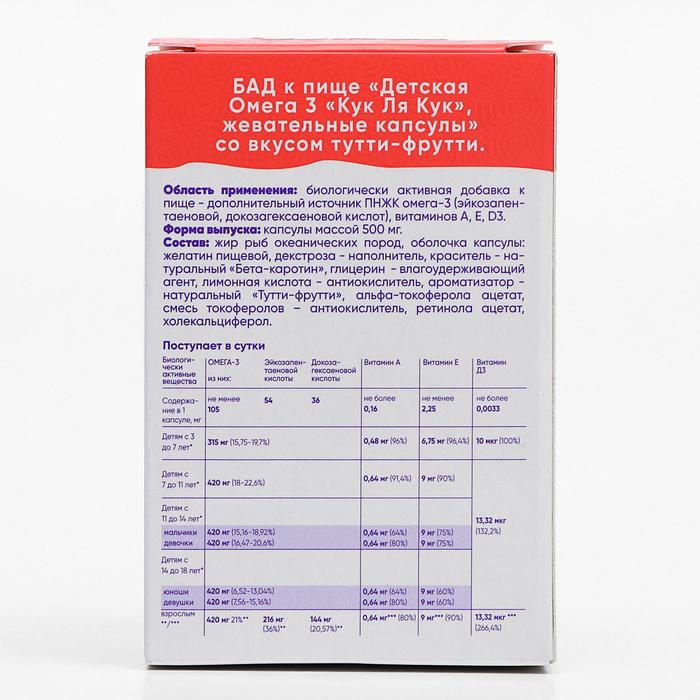 And in this sense, it is worth noting a recent study by scientists from the UCL Institute of Child Health and the Institute of Education (UK), who compared the results of school exams of more than 1.5 thousand teenagers aged 11 and 16 who received child care in early childhood mixtures.
And in this sense, it is worth noting a recent study by scientists from the UCL Institute of Child Health and the Institute of Education (UK), who compared the results of school exams of more than 1.5 thousand teenagers aged 11 and 16 who received child care in early childhood mixtures.
Experts analyzed the effects of consuming three types of formulas marketed as promoting mental development: nutrient-enriched (for preterm infants), supplemented with long-chain polyunsaturated fatty acids (omega-3 PUFAs), and fortified with iron. The sample also included children who received mixtures with a fat supplement sn-2-palmitate and nucleotides, and as a “control” they received a regular milk formula without additives.
The analysis showed no difference in academic achievement scores for most children. The exception was schoolchildren aged 11 years who were given mixtures supplemented with omega-3 PUFAs as children. At the same time, contrary to the forecast, they had lower marks in English and mathematics.





